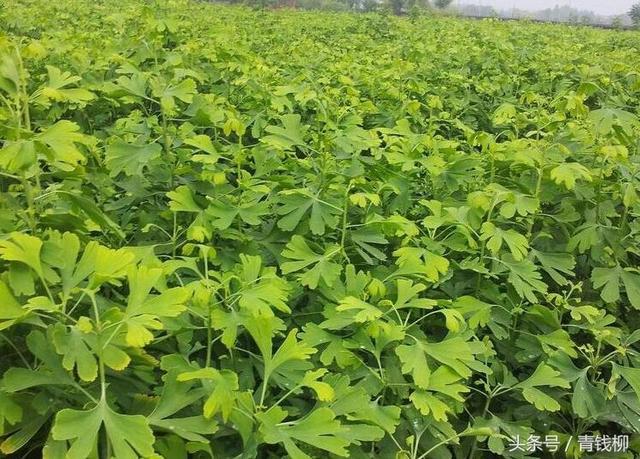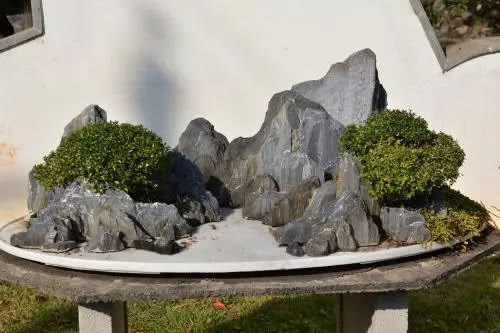Key techniques of peach pruning and pest control in summer

Pruning and pest control techniques of peach trees in summer
In summer, peach shoots grow vigorously, new buds have the characteristics of early maturity, can sprout 3 ~ 4 branches a year, the growth volume is large and dense, improper pruning often causes yield reduction, tree vigor weakening; and summer precipitation is large, temperature is high, humidity is high, peach trees are vulnerable to diseases and insect pests, timely pruning and pest control in summer can ensure good tree growth, autumn fruit quantity and quality.
1 Summer pruning
1.1 Stripping. Topping is generally carried out after lignification of new shoots, and it is carried out twice in summer: the first time is between May 10 and June 10, mainly removing peripheral extension branches; the second time is between June 20 and July 10, picking the treetops that are still growing vigorously.
1.2 Twist. By twisting, the long branches can be changed into fruiting branches, and the lighting environment of trees can be improved. The best time to do this is when the shoot is 25 ~ 35 cm long and not lignified, and it should be twisted at 10 cm from the base of the shoot. If the effect is not achieved, secondary twisting can be carried out.
1.3 Pull the branch. The angle of pulling branches is generally controlled at about 80, but it cannot be pulled horizontally. The pulling branches are generally carried out around June. The method can be grasped flexibly, and the force should be light and uniform. In order to avoid pulling the branches, soft items are usually placed on the pull pad.
1.4 Thin cut. That is, to thin out competitive branches, excessive branches, over-dense branches, dead branches, etc., pruning should be carried out according to the age and growth potential of different trees, paying attention to thinning and sparing, thinning and strengthening, so as to make the layout between branches reasonable.
1.5 Thinning flowers and fruits. Thinning objects are varieties with high fruit setting rate, thinning objects include sunflowers, parallel flowers, leafless flowers, etc., so that the distance between flowers is uniform and the layout is reasonable. Prepare branch, advocate, lateral branch head does not leave bud. Fruit thinning objects are chlorosis fruit, small fruit, pest fruit, abnormal fruit, etc., and good fruit with uniform growth in the middle and upper parts of branches is reserved. Generally, it is carried out in the order from top to bottom, first inside and then outside. The principle of fruit retention is that there are more fruits in the periphery and upper part of the crown, less fruits in the inner bore and lower part. The amount of fruit retained should be determined according to the suitability of the tree, considering the age, variety, tree vigor and soil conditions.
2 Pest control
2.1 Disease control. To control anthracnose, brown rot and bacterial hole disease of peach, 600 times of 50% carbendazim powder, 1 000 times of 70% thiophanate-methyl or 600 ~ 800 times of 50% zineb, or zinc sulfate lime solution (zinc sulfate 1 kg, lime 4 kg, water 240 kg) can be used alternately, once every 10 ~ 15 days, and at least twice before bagging peach fruit.
2.2 Pest control. Peach borer, thorn moth, leaf roller moth: spray 4.5% beta-cypermethrin 1 500 times plus Lesben 2 000 times control. stink bug, scale insect, pear net bug: can add high efficiency cypermethrin 1 500 times, 60% enemy horse EC 1 500 times; red spider, damage period roughly from April to October, when the temperature is high, aggravated. Spraying 20% Saomijing WP (pyridazin, fenpromicin)1 500 ~ 2 000 times solution and 2.4% abamectin 6 000 ~ 8 000 times solution.
Generally speaking, the prevention and control of peach diseases and insect pests in summer are mainly to control peach borer, stink bug and scale insect before bagging, and to control thorn moth, red spider and pear net bug before fruit ripening after bagging, which can be changed flexibly according to the actual occurrence situation of the year and the local area.
- Prev

Cultivation techniques of Ginkgo biloba for leaves
Ginkgo biloba cultivation technology ginkgo biloba is a unique rare economic forest tree species in China, which has medicinal, edible, timber, ornamental and other values. leaves can extract total flavonoids and ginkgo terpene lactones with unique pharmacological effects.
- Next

Bonsai is poisonous. It's okay. Don't touch it. There are too many people in the pit.
After dealing with many people who like bonsai, I found that so many people had this feeling, and I felt like I was in the pit. Don't be funny when it comes to this topic, saying that bonsai is poisonous because once you like it, you fall in love with it.
Related
- Wuhan Hospital Iron Tree Blooming Result Was Instantly Frightened by the Gardener Master
- Which variety of camellia is the most fragrant and best? Which one do you like best?
- What is the small blue coat, the breeding methods and matters needing attention of the succulent plant
- Dormancy time and maintenance management of succulent plants during dormancy
- Minas succulent how to raise, Minas succulent plant pictures
- What are the varieties of winter succulent plants
- How to raise succulent plants in twelve rolls? let's take a look at some experience of breeding twelve rolls.
- Attention should be paid to water control for succulent plants during dormant period (winter and summer)
- Watering experience of twelve rolls of succulent plants
- Techniques for fertilizing succulent plants. An article will let you know how to fertilize succulent plants.

